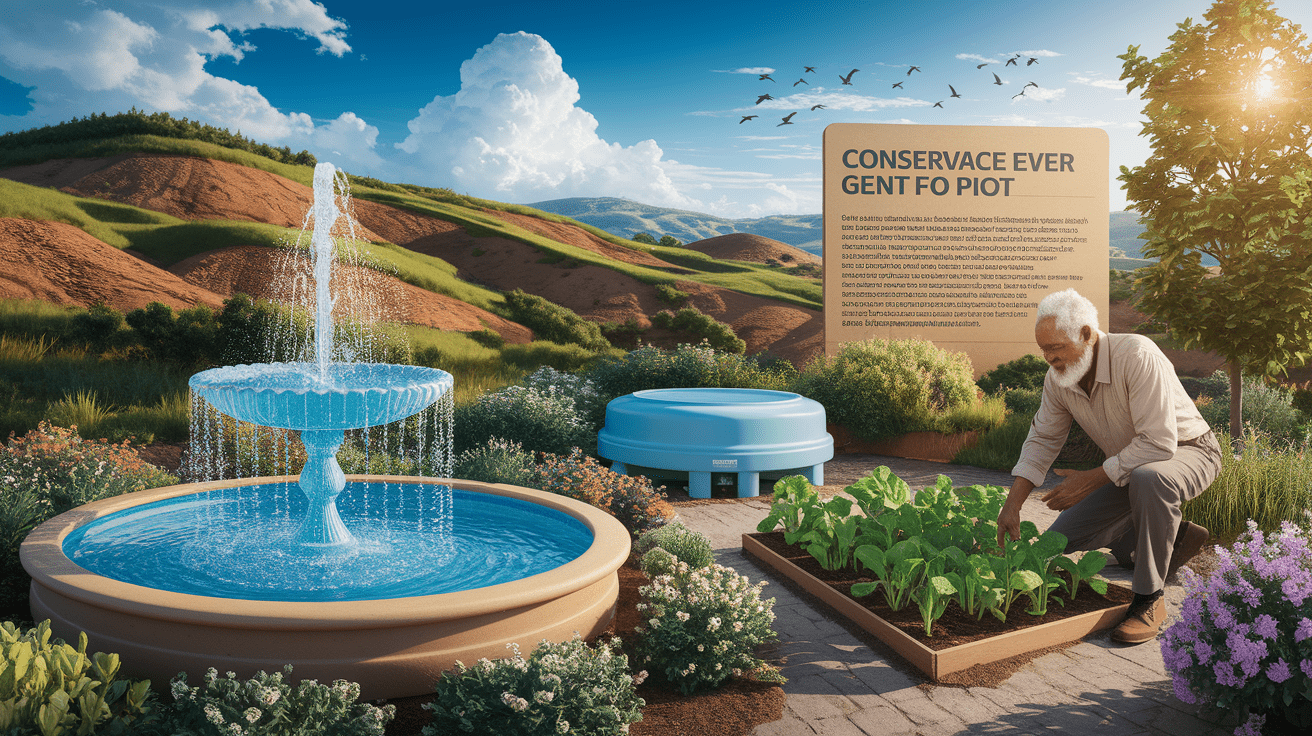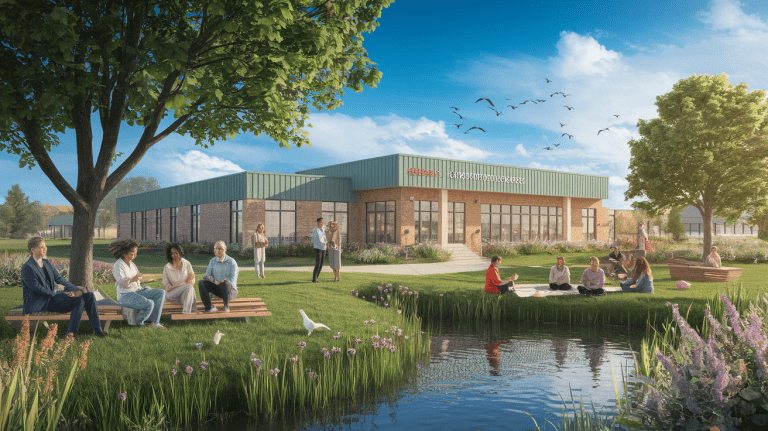Conserving Every Drop: St. George’s Water Conservation
Welcome to St. George! Whether you’re a long-time resident or just visiting, one of the first things you’ll notice is our stunning red rock landscape. Living in this beautiful desert means that water is our most precious resource. Understanding our relationship with water—where it comes from, how we use it, and how we protect it—is key to enjoying life here. Let’s explore the story of water in St. George and how we’re all working together to ensure a sustainable future.
Thirst Amid the Red Rocks: Why Water Conservation Matters in St. George
St. George is situated in an arid climate, a beautiful but challenging environment where every drop of water counts. Our vibrant community, thriving economy, and the stunning natural beauty of places like Snow Canyon State Park and the Red Cliffs Desert Reserve depend on a reliable water supply. As one of the fastest-growing areas in the nation, the demand on our water resources is constantly increasing. This is why water conservation isn’t just a policy; it’s a way of life in Southern Utah. By embracing water-wise habits, we protect our environment, support sustainable growth, and ensure that St. George remains a wonderful place to live, work, and play for generations to come.
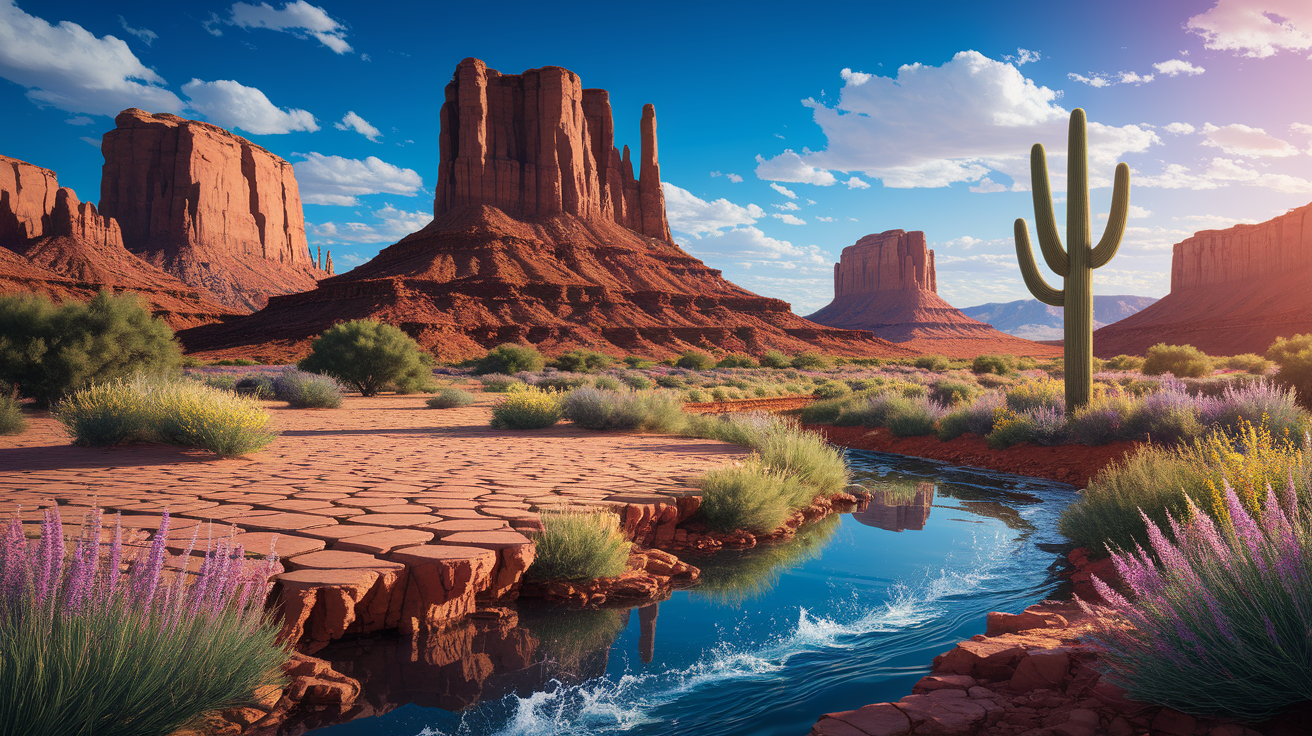
Pioneering Practices: Early Settlers and Water Allocation
From the moment St. George was founded, water has been the central challenge and top priority. The early pioneers quickly discovered that the water supply in “Utah’s Dixie” was far scarcer than in northern parts of the state. Establishing a reliable water system was a monumental task. In the city’s first four years, a staggering $26,611 was spent on repairing dams and irrigation ditches—a cost that amounted to a tax of about $63 per acre for water alone.
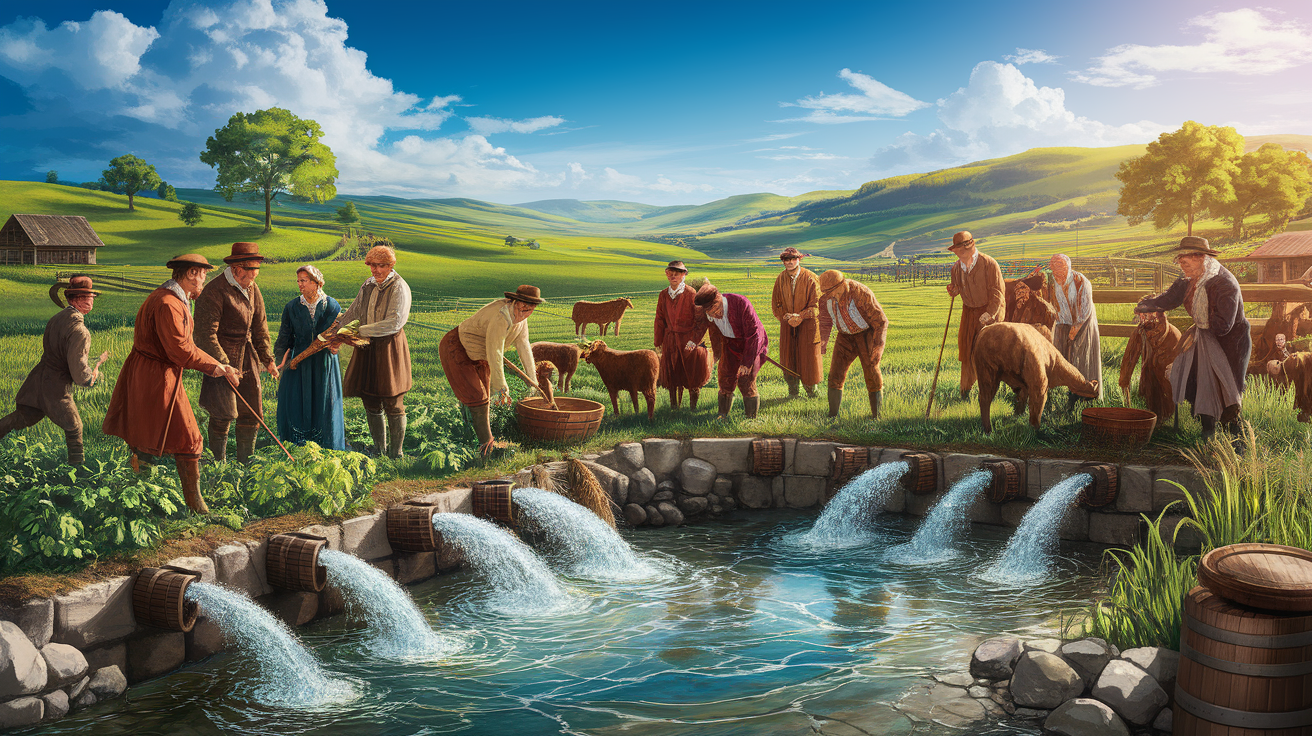
This history is deeply woven into the fabric of Washington County’s geography and development. Initially, the city council controlled water distribution, with local LDS bishops managing the practical allocation to lots from nearby springs. This early system, born of necessity, laid the groundwork for the community-wide conservation ethic that defines us today.
Laying the Pipes: Transition to Modern Infrastructure
As St. George grew, its water systems evolved. By 1915, a significant leap forward occurred as the city began replacing open surface ditches with underground pipes. This modernization was a game-changer. It dramatically improved water quality by preventing contamination from livestock and reducing loss from evaporation. This transition to a modern water infrastructure went hand-in-hand with other advancements like electric lighting and indoor plumbing, significantly enhancing the quality of life for residents.

During this period, scientific farming and irrigation methods also gained traction. Institutions like the Agricultural Experiment Station played a vital role, introducing more efficient agricultural practices that helped the desert bloom without wasting precious resources.
Centralized Stewardship: Washington County Water Conservancy District
Today, the responsibility for managing our region’s water rests with the Washington County Water Conservancy District (WCWCD). So, what is the role of the WCWCD in St. George’s water conservation? Established in 1962, this non-profit public agency is the primary steward of the county’s water resources. It’s their job to develop, manage, and conserve a safe and sustainable water supply for everyone.
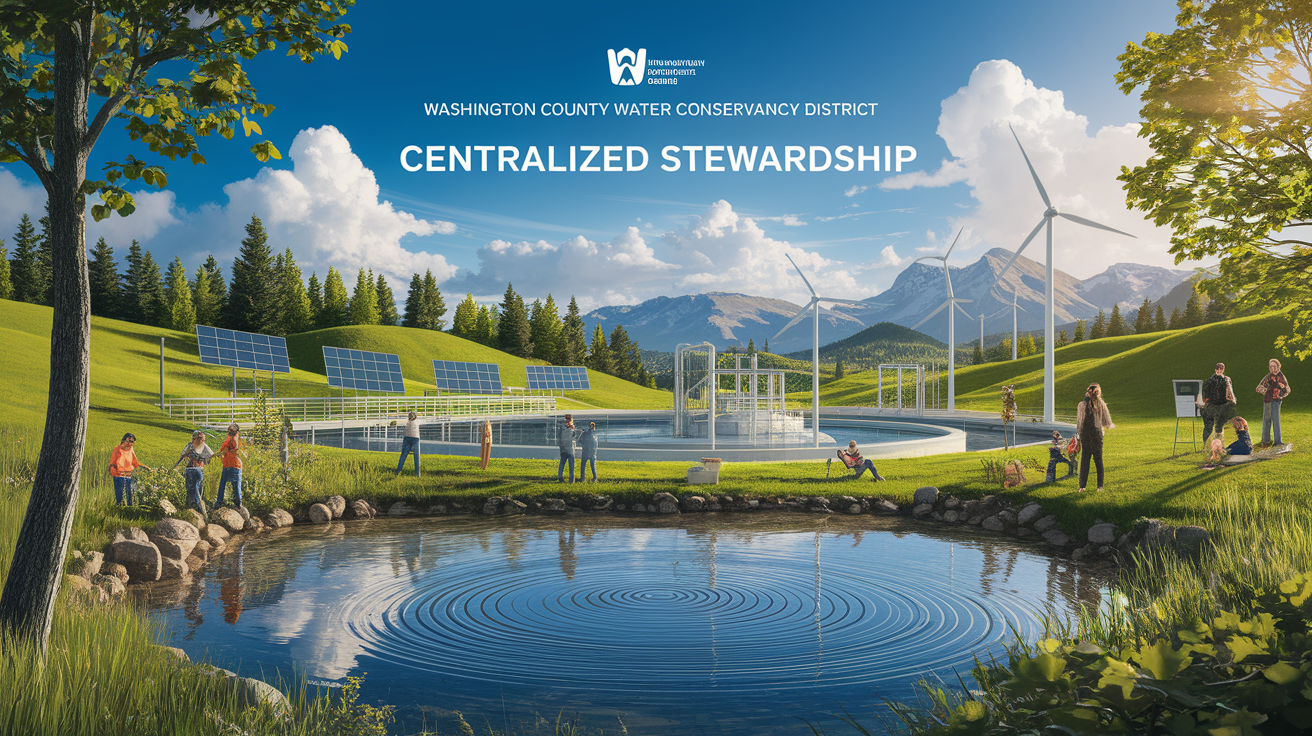
The WCWCD oversees a massive and complex system that includes:
- Reservoirs and pipelines, including those delivering water from the Virgin River.
- Wells, water storage tanks, and treatment plants.
- Hydro power plants and diversion dams.
The district supplies wholesale water to municipalities like St. George, Washington, and Hurricane—over 60 million gallons per day! It also manages reclaimed water projects to maximize our resources. When you hear about water policy, drought management strategies, or major water infrastructure projects in the news, the WCWCD is the organization leading the charge.
Smart Solutions: Current Conservation Strategies
Living in the desert successfully requires a blend of tradition and technology. Here in St. George, we use a variety of smart solutions for residential and commercial water conservation. These efforts help us all reduce our water bills and live more sustainably.
What are the current water restrictions in St. George, Utah?
Water restrictions, especially outdoor watering schedules, can change based on the season, drought conditions, and reservoir levels. To find the most up-to-date information on landscape watering guidelines, it’s always best to visit the official Washington County Water Conservancy District website. They provide the current conservation ordinances that everyone in the county is required to follow.
Embracing Xeriscaping and Water-Wise Landscapes
What is xeriscaping and why is it so important for St. George? Xeriscaping is a style of landscaping that uses drought-tolerant and native plants to create beautiful, vibrant yards that require very little water. Instead of thirsty green lawns, you’ll see stunning designs featuring colorful desert perennials, ornamental grasses, and striking succulents. This is crucial for residential water use reduction, as outdoor irrigation accounts for more than half of the water used at home.
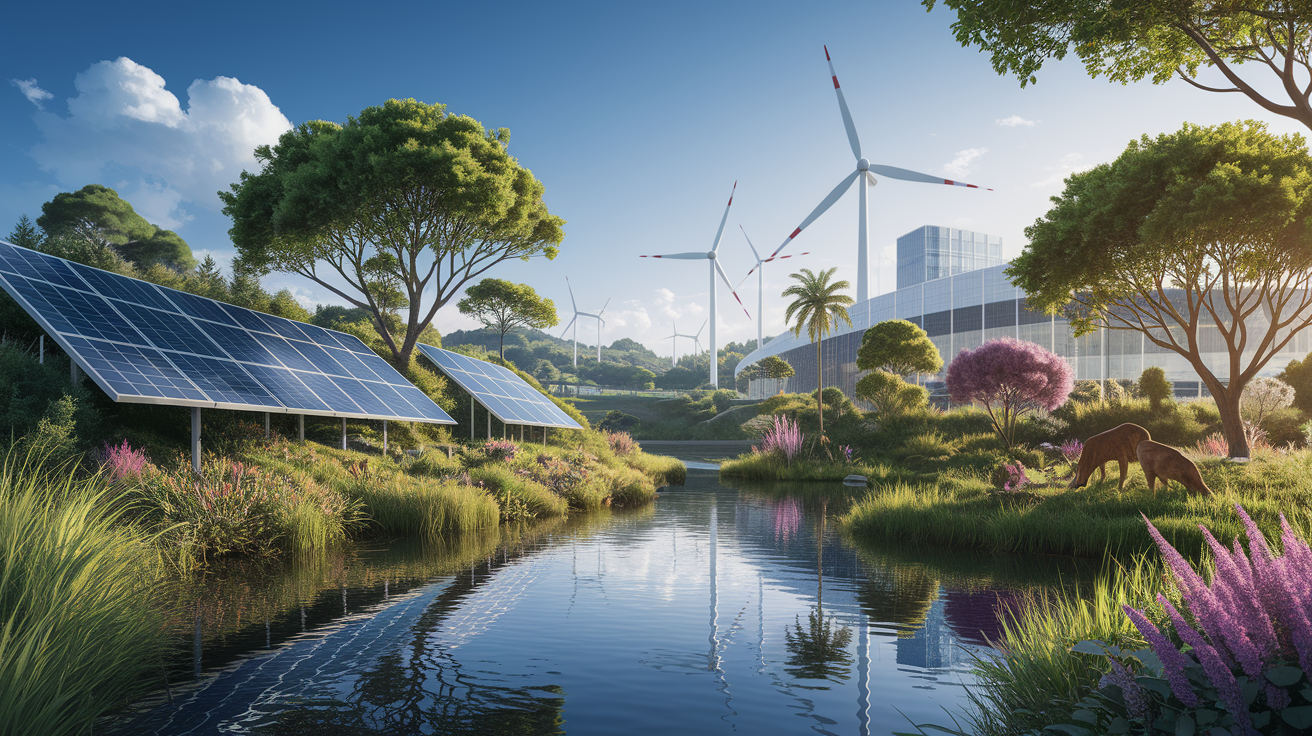
Wondering how to get a xeriscape rebate in Washington County? The WCWCD often offers incentives and rebates for residents who replace their grass with water-wise landscaping. Check their website for details on current programs promoting water-efficient landscaping in St. George.
Tips for Conserving Water at Home
Every resident can make a difference. Here are some of the best practices for residential water conservation in St. George:
- Indoors: Fix leaks promptly, install low-flow faucets and toilets, run full loads of laundry and dishes, and take shorter showers.
- Outdoors: Follow the mandatory watering schedule, install a smart irrigation controller, water deeply but infrequently to encourage deep roots, and add a layer of mulch around plants to retain moisture.
Water Conservation in the Community
It’s not just homes—businesses, parks, and schools are also doing their part. You’ll see water-wise landscaping at city buildings and new commercial developments. Even our renowned golf courses are increasingly using smart irrigation systems and reclaimed water to reduce their consumption of drinking water.
Flowing Forward: The Future of St. George’s Water Conservation
Looking ahead, St. George faces the dual challenges of a changing climate and a rapidly growing population. As more people discover our wonderful city, the demand for water will continue to rise. So, what is the long-term plan for water sustainability in St. George?
The WCWCD is actively working on a multi-faceted approach. This includes aggressive conservation programs, expanding the use of reclaimed water, and exploring new water sources, such as the proposed Lake Powell Pipeline. These water scarcity solutions are designed to ensure a secure water future for Southern Utah.
Ultimately, our ability to thrive depends on a community-wide commitment. By continuing to innovate and embracing a conservation mindset, we can manage the impacts of drought and ensure that the high cost of living and quality of life in St. George remain balanced and sustainable for all. Each of us has a role to play in conserving every precious drop, protecting the lifestyle we love in this incredible corner of the world.

